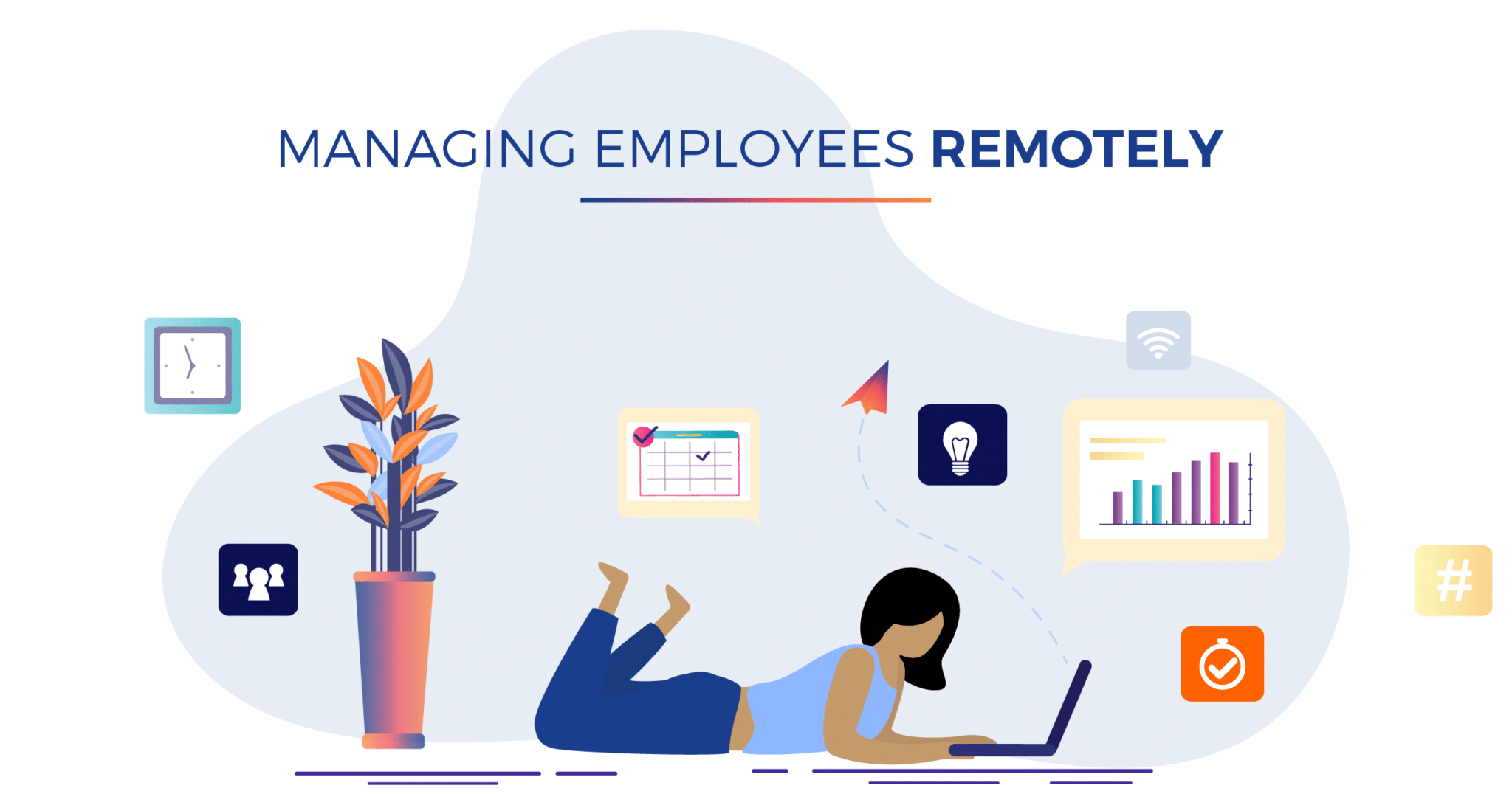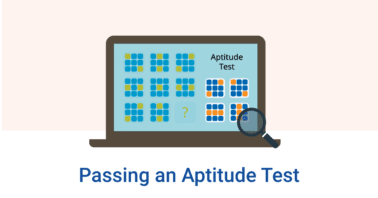Jobberman CEO, Hilda Kragha and Bolaji Idowu, Pastor of Harvesters International Christian Centre in a recently hosted Instagram live Interview shared essential tips and tricks to manage employees remotely.
Since the recent outbreak of Coronavirus across the world, business leaders have had to adjust the way they operate in the midst of the pandemic. Employees are now tasked with working remotely while embracing this as the ‘new normal’.
Employers meanwhile have the responsibility of devising the best strategies and technique for communicating with employees while ensuring productivity is optimal. Some companies have adopted remote work process easily while others struggle at it. Take a look at excerpts from their conversation.
Table of Contents
What Are The Levels Of Working Remotely?
Hilda, during the live session, shared insights on the levels of working from home which employers and employees need to look at to understand where they are and what works for their organisation. They include the non-deliberate action, recreate the office online, adapt the medium, asynchronous communication and nirvana.
Non-Deliberate Action: This is a stage where employees can’t come to work due to certain circumstances such as traffic, health e.t.c, Employees get to do one or two tasks but they will put off most things until they’re back in the office. Level 1 is where the majority of organizations were prior to the coronavirus pandemic.
Recreate The Office Online: This is not very effective, however, it is where most organizations are now. It’s where employees have access to video conferencing software (eg. Google meet), instant messaging software (eg Slack) and email, but instead of redesigning work to take advantage of the new medium, they ultimately end up recreating online, how they work in the office. At Level 2, people are still expected to be online from 9 am to 5 pm.
Adapt The Medium: At this stage, organizations start to adapt and take advantage of the medium. Employers begin to facilitate their staff with the required tools or resources they need to work effectively from home. Hilda points to shared documents (such as a Google Docs), that is visible to all and updated in real-time during a discussion so that there is a shared understanding of what is discussed and decided.
Asynchronous Communication: This is the point at which organizations are very effective. They move from being time-driven organizations to task-driven organizations. Hilda highlighted those elements that make asynchronous communication possible in an organisation, which include:
- Discipline on both sides.
- Trust/Reliability.
- Access to the right tools.
In order to avoid duplication of effort, Hilda advises that for organisations at the level of asynchronous communication, messages between teams should:
- Provide sufficient background detail, where necessary. provide clear action item(s) and outcome(s) required.
- Provide a due date
- Provide a path of recourse if the recipient is unable to meet your requirements.
For example: “Hi Pastor Bolaji, I have actioned you on a google document for the project we are working on. Please edit the financial aspect of the document and send it back to me by 4 pm this Friday. If you have any concerns, give me a call on XXXX XXX XXXX.”
Nirvana: This is a place where organizations are running so efficiently online that it is better than any offline structure. Employees get to work in a time and way that favours them while delivering on appointed tasks.
Other Key Insights
Other key things employers and employees should take note of according to Hilda Kragha and Biodun Idowu on how the pandemic would affect individuals and organizations include the following: The average time it takes for Job seekers to find a job out of school is two and a half years. That will likely increase due to the impact of COVID- 19
- Jobs we considered as undignified will become dignified. For instance, working mums will need the assistance of an educated Nanny. This will provide more job opportunities for nannies
- Foreclosure business, debt recovery, Health, and food production are sectors that might experience a boom Post COVID-19
- Loss of Job and pay cuts will hit almost every sector
- Individuals should merge digital skills with the soft skills they have in order to connect to a large value scale
- Some organizations will adopt the commission-based salary scale, i.e Individuals will get a percentage of whatever they bring into the business.
Stay Productive While Working From Home
- Prioritize: One of the biggest struggles of working remotely is knowing how to prioritize tasks. Workloads are ballooning and everything feels important and learning how to prioritize means getting more out of the limited time you have each day.
- Time Block: Time blocking is a simple, yet effective way to take back control of your workday. This productivity method is especially useful for people who juggle many different projects/responsibilities. Hilda Kragha uses this method to run Jobberman and her other commitments at the same time. Time blocking enables you to divide your day into blocks of time; each block is dedicated to accomplishing specific tasks and only those specific tasks.
- Plan for Distractions: Biodun Idowu advises that you acknowledge that distractions might occur while working from home and then you plan for those distractions so they do not disrupt your day.
- Take Naps: Biodun Idowu recommended (20-30 minutes) because it provides significant benefits for improved alertness and performance throughout the day.
Employers and employees need to be more intentional about how we work remotely to ensure optimal productivity.








